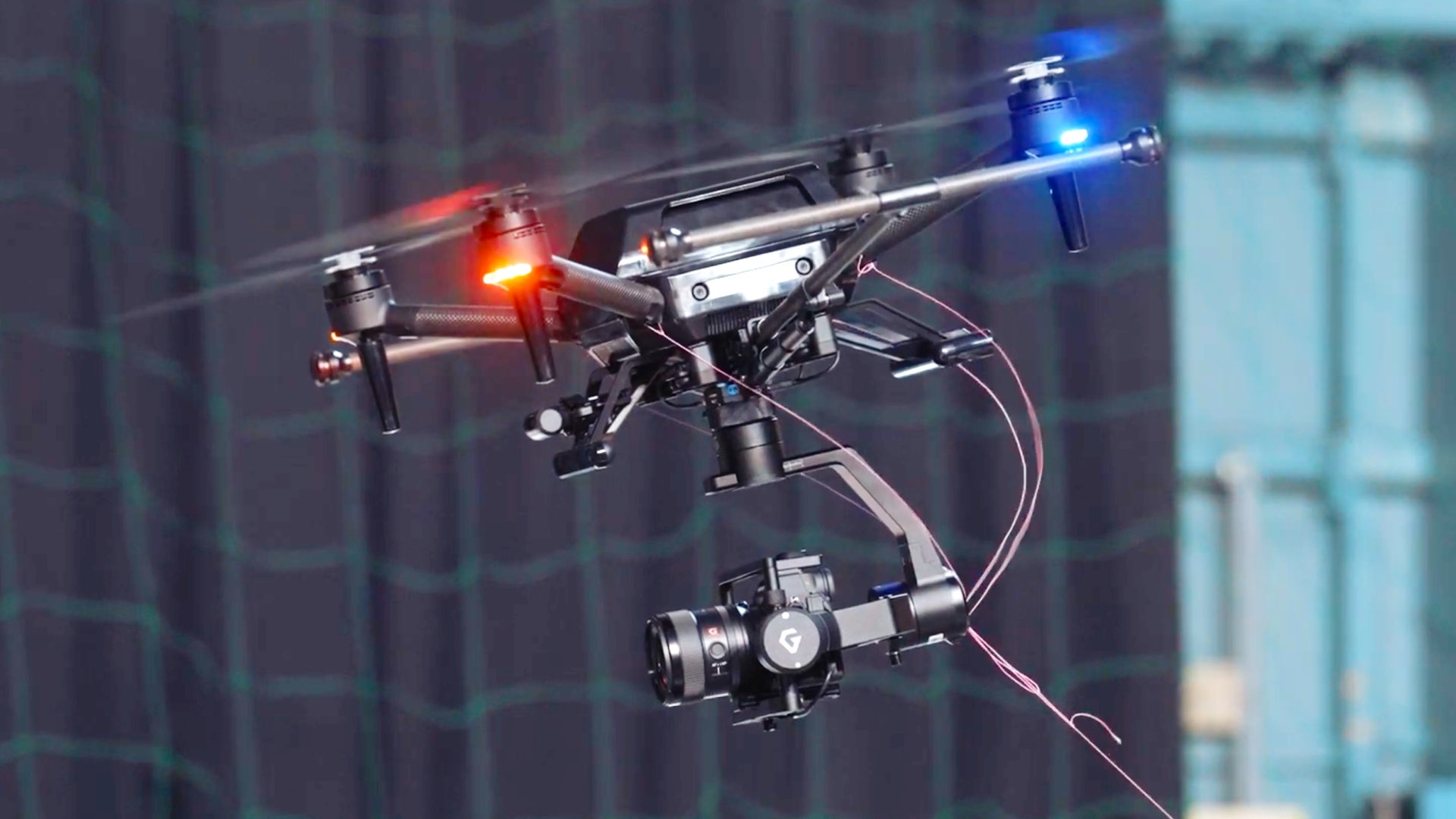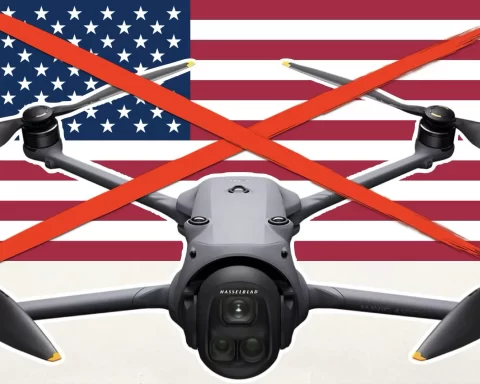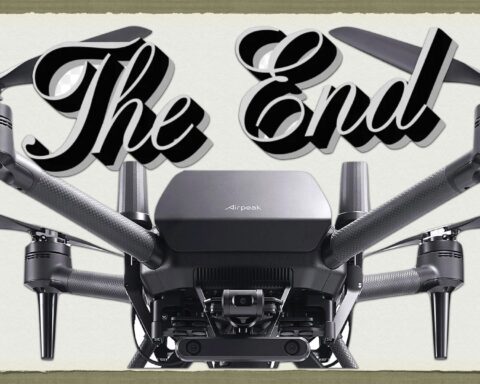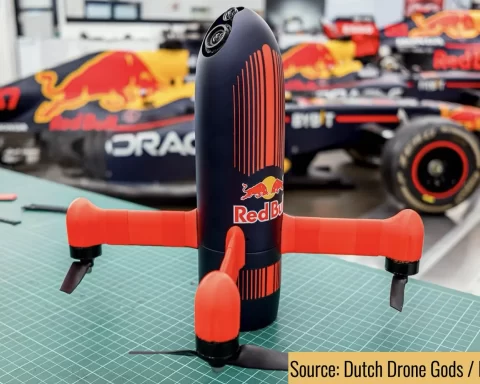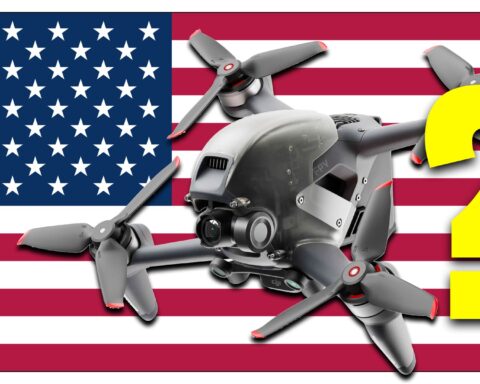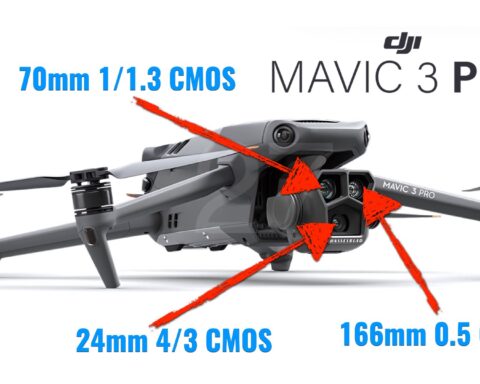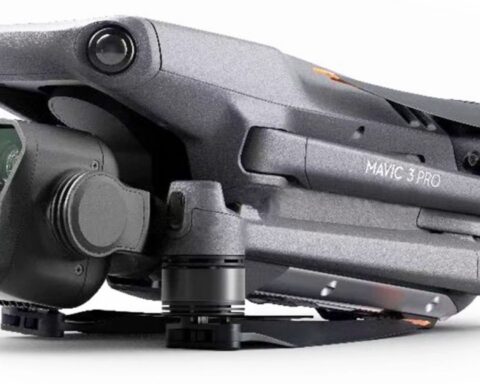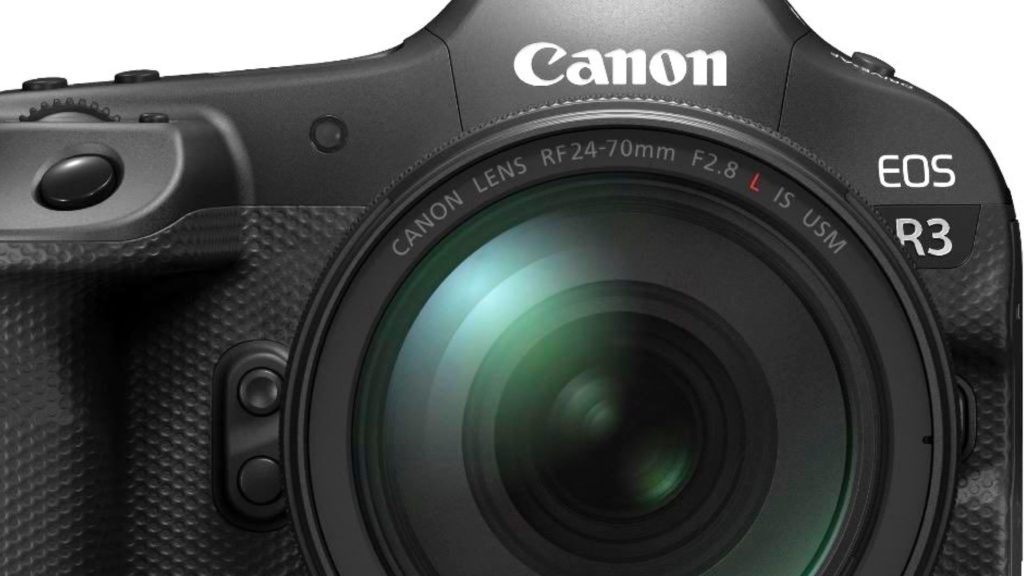Sony has published the wind resistance test of its upcoming drone – Airpeak. According to the test, Airpeak can maintain stable flight up to wind speed of 20m/s (72Km/h). Explore the test below.
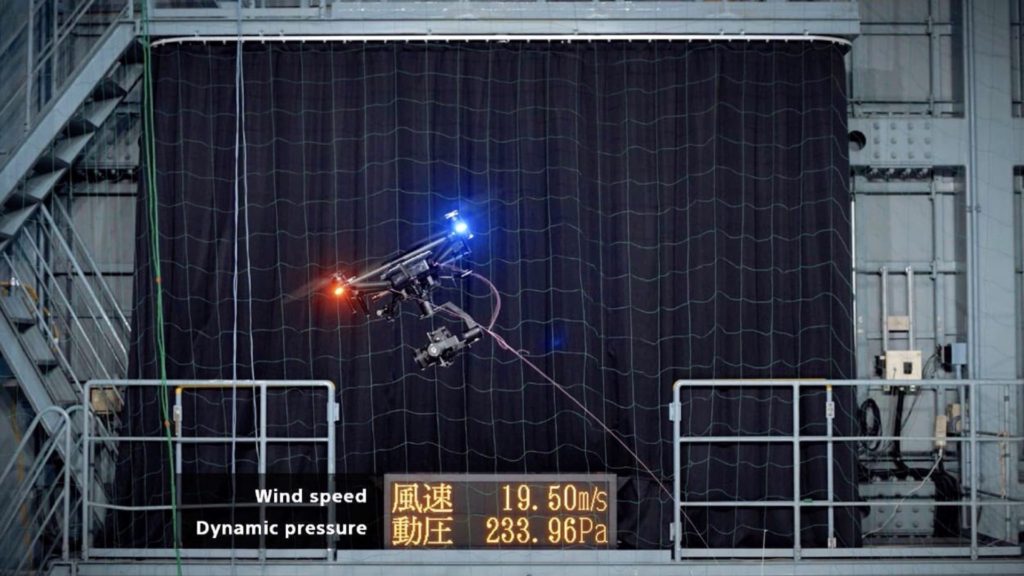
Airpeak: Sony’s first drone
Sony’s drone project, Airpeak, was presented in January. Sony stated that this is the industry’s smallest class of drones that can be equipped with the Alpha system, which is capable of dynamic filming and precise, stable flight. Sony emphasized that the Airpeak project was initiated in order to contribute to the world of entertainment while also pursuing new possibilities for creative expression. Since then, Sony has been meticulously developing the drone. Sony knows that this drone must be a slam dunk, due to harsh competition. Read our coverage about the Airpeak project:
- Sony Unveils Airpeak: “The World’s Smallest Drone to Carry Alpha Camera”
- Airpeak (Sony’s Drone): A Development Status Update
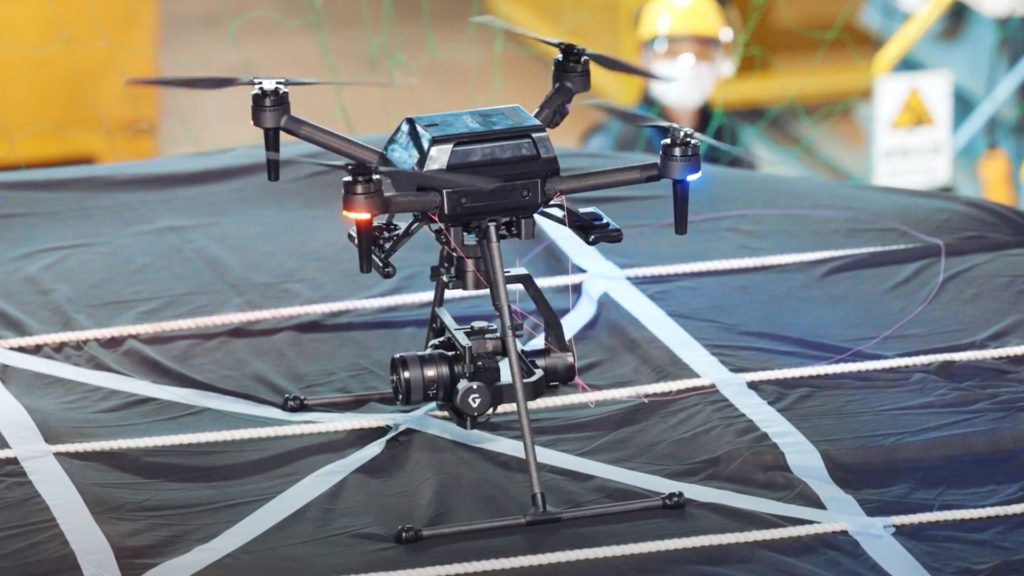
Wind testing
On this development status update, Sony shares video footage of the wind resistance testing conducted at the Japan Aerospace Exploration Agency (JAXA) and elaborates about recent developments in the drone propulsion system.
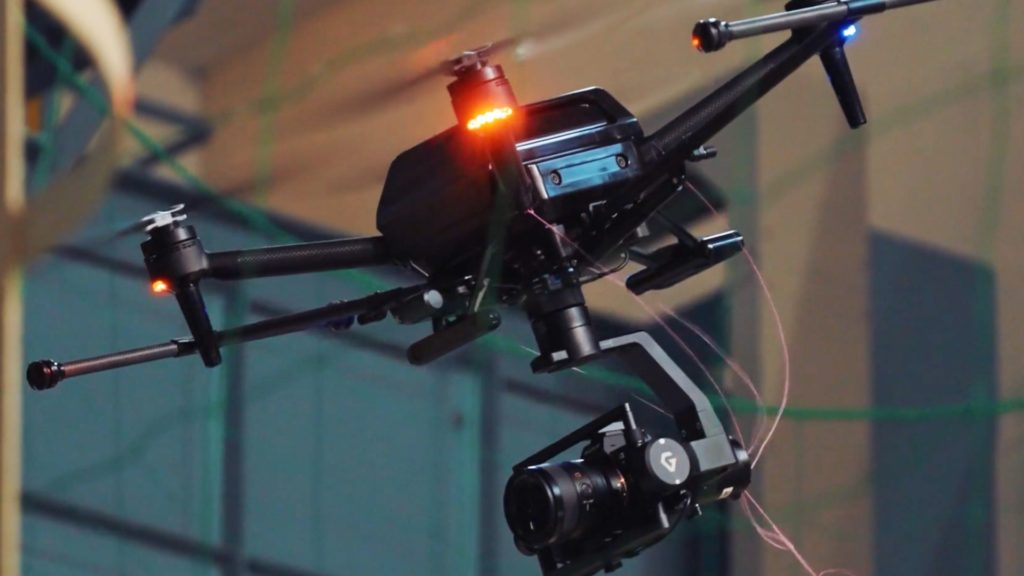
The wind tunnel at JAXA can generate an artificial airflow at a constant speed. Sony’s goal was to see how the drone could be affected by a strong wind, and up to what wind speed, the drone could endure. Sony claims that: “The test results showed that the prototype could maintain stable flight up to around 20m/s (72Km/h) – a wind so powerful an average person would have trouble standing upright”.
Explore the video below which demonstrates Airpeak wind resistance testing conducted at the Japan Aerospace Exploration Agency (JAXA):
he test results showed that the prototype could maintain stable flight up to around 20m/s (72Km/h) – a wind so powerful an average person would have trouble standing upright.
Sony
Airpeak propulsion system
A drone’s propulsion system, which mainly comprises the propellers, motors, and ESC (Electric Speed Controller), is essential to maintaining stability in strong wind. According to Sony, the Airpeak’s propulsion system is optimized to ensure stable flight even in strong winds and features an ESC designed for superior control, highly efficient and responsive 17-inch propellers, and lightweight, high-performance, high-power brushless motors. In the natural world, the direction of the wind is constantly changing, making control harder. Thus, Sony emphasizes that: “Developing agile and responsive control functions is essential, and simply speeding up the propellers is not the answer. The key to stable flight is to design a system that is both highly responsive to the environment, and can maintain control under any condition”.
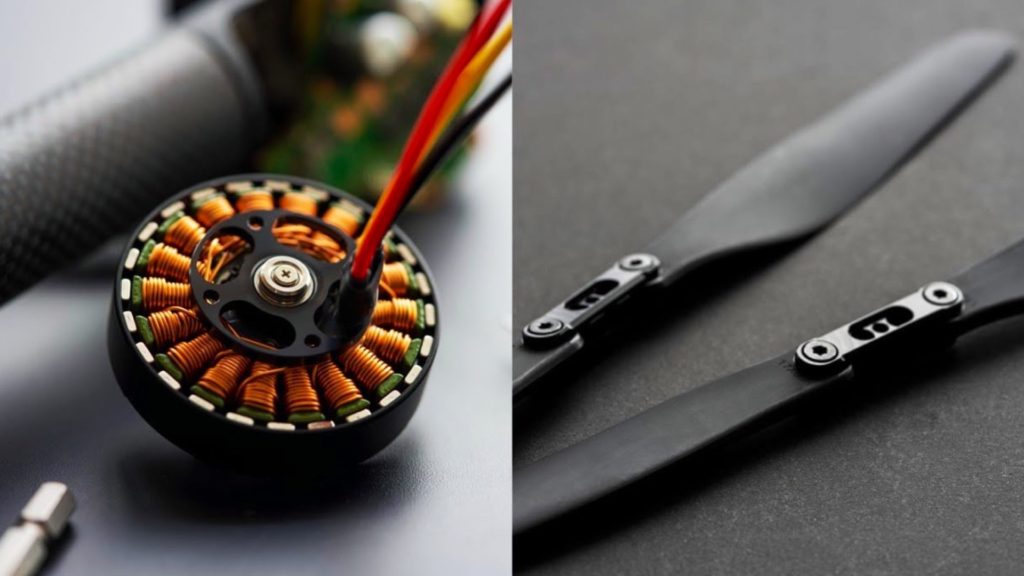
Developing agile and responsive control functions is essential, and simply speeding up the propellers is not the answer. The key to stable flight is to design a system that is both highly responsive to the environment and can maintain control under any condition.
Sony
Summary
Sony says that the company is developing a unique propulsion system and flight controller for the device, and testing the technology in strong winds and other challenging environmental conditions as we strive towards an optimum level of flight stability for Airpeak. We’ll continue to follow after the Airpeak project. Stay tuned.

